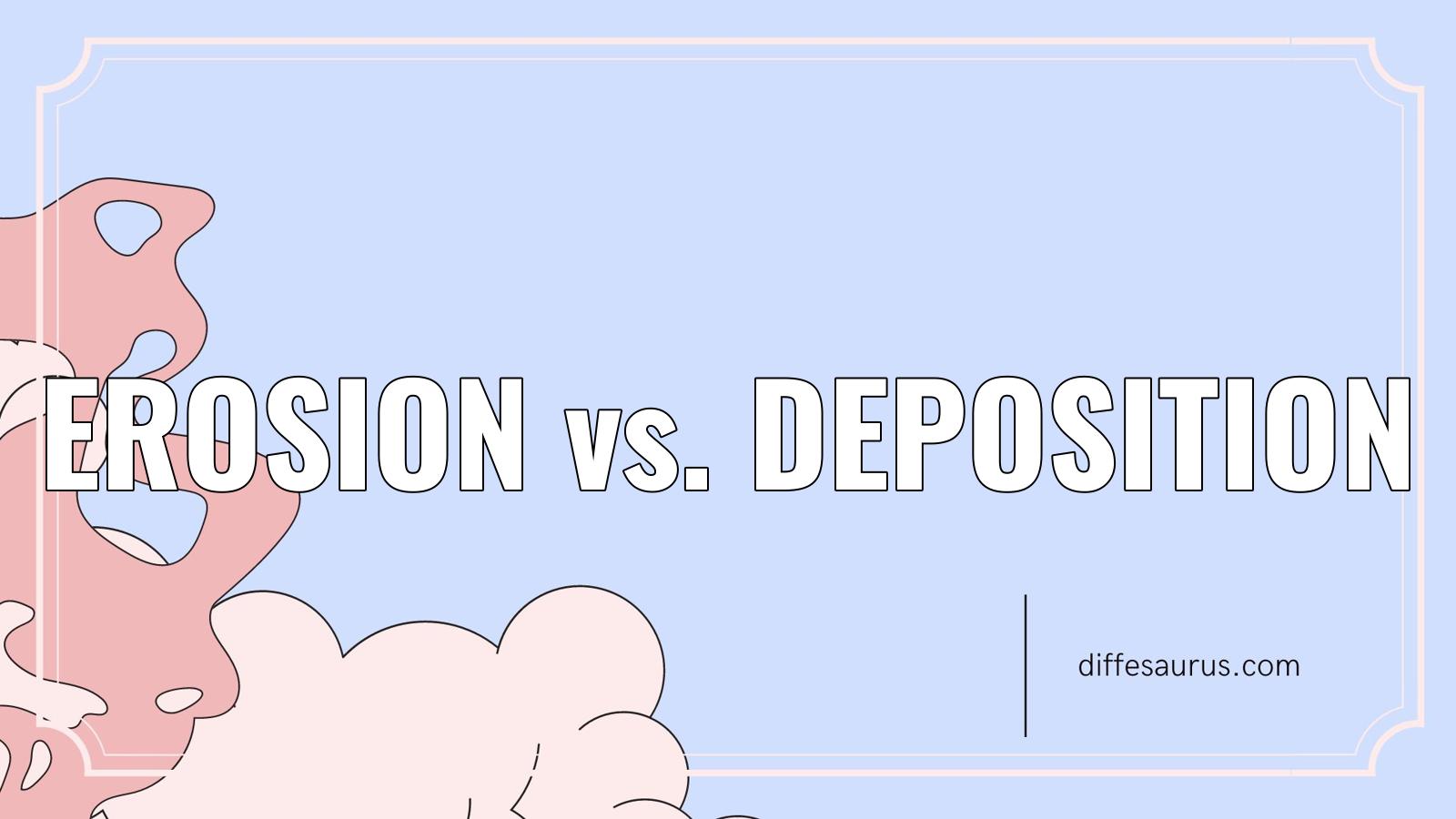The process by which water, ice, wind, or gravity moves fragments of rock and soil is known as erosion. Deposition is the process by which the water or wind leaves a new spot.
The process of deposition is when weathered and knocked rock pieces are carried by the process of erosion to a new place. At the loss of enough energy in the fluid, a layer of silt is deposited into the ground, which was previously eroded.
What is the difference between erosional and depositional landforms?
Water, wind, and ice are some of the agents that cause erosion in the landscape. Water, wind, and eventually deposited, eroded material is carried away or transported. Landforms created because of erosion are referred to as erosional landforms and landforms created because of deposition are referred to as depositional landforms.
What is an example of erosion and deposition?
The big rocks and small pebbles that are weathered away by the rain are an example of weathering. The weathering that happens at Lake Erie is similar to this weathering. The rocks that are weathered away at Lake Erie are being hit by water more frequently.
What is the difference between erosion and deposition Brainly?
Water ice wind or gravity moves the rock and soil. Deposition is the process by which the water or wind leaves a new spot.
What is the difference between erosion and deposition quizlet?
The action of water, ice, or wind can cause erosion and deposition.

What is weathering erosion and deposition 4th grade?
The Earth’s surface is broken down into smaller pieces by weathering. The pieces are deposited somewhere else after being moved in a process called erosion. Wind, water, ice, plants, gravity, and changes in temperature are some of the causes of weathering.
What is erosion and deposition by wind?
The process of deflation involves the removal of surface materials by the wind. The main causes of erosion are deflation and wind. When the wind blows, it picks up small particles. The pieces of silt and clay were used to make this piece. The bigger the wind can carry, the bigger the problem. Sand is too heavy to be picked up, so it bounces and rolls on the ground.
Is a delta erosion or deposition?
A river Delta is a landform shaped like a triangle, created by the deposition of a river’s silt in the water. This happens when a river enters an ocean, sea, estuary, lake, or other body of water that can’t carry away the supplied material. The Greek letter Delta is similar to the triangle shape that it is named after. The shape and size of a delta can be determined by the balance between the processes that supply and receive water. The receiving basin’s size, geometry, and location are important factors in the evolution of the delta.
What is deposition in Science 5th grade?
There are tiny pieces of the Earth that don’t disappear when weathering occurs. They are deposited somewhere else as a result of erosion and deposition. It could be close, only a few feet away, or it could be a long way away, like if the tiny pieces were washed into a river.

Where do erosion and deposition occur?
The particles are picked up and transported by erosion after weathering has broken down rocks. In a new place, the eroded material will eventually be dropped.
What is the difference between erosion and deposition?
The process by which water, ice, wind, or gravity moves fragments of rock and soil is known as erosion. Deposition is the process by which the water or wind leaves a new spot.
What is the difference of deposition and erosion?
The opposites of erosion and deposition are related. The process of erosion separates rock and mineral particles from a larger body.
What is the difference between wind erosion and wind deposition?
Wind erosion is caused by the action of the wind on the soil surface.



